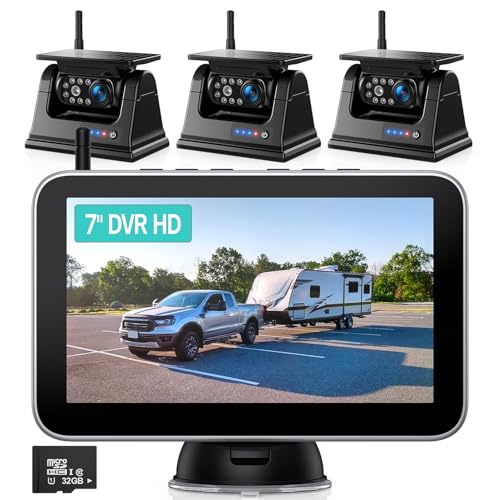Osmosis, foam, balsa wood, ...?
Unless something has structural integrity, I do not see how it will keep from being deformed with insulation, etc...
All I see is hundreds of references and not a single explanation or a pic.
Unless something has structural integrity, I do not see how it will keep from being deformed with insulation, etc...
All I see is hundreds of references and not a single explanation or a pic.










































































